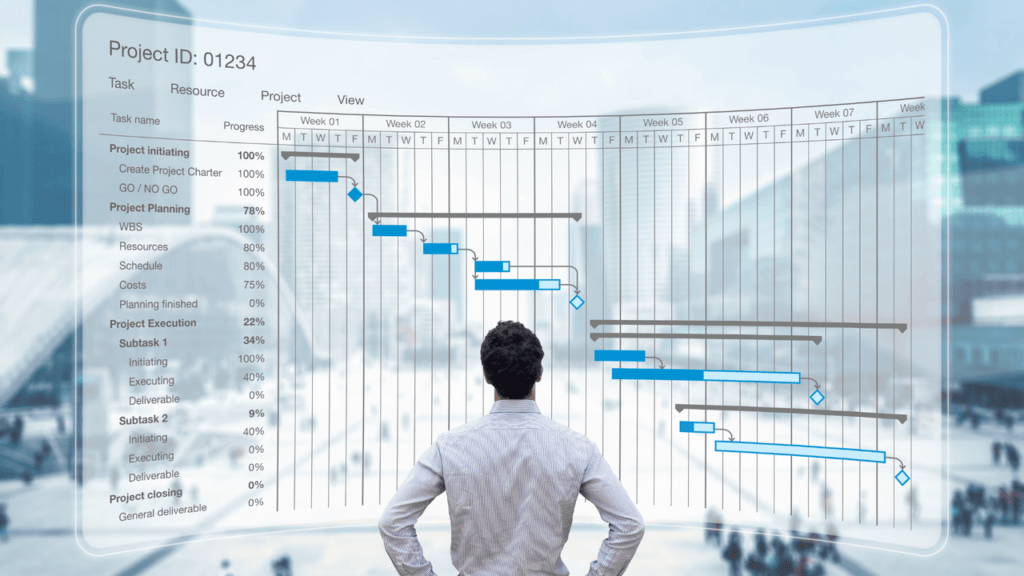
The world of petro-trade is a complex network of markets, each influenced by a myriad of factors ranging from geopolitical shifts to subtle changes in consumer behaviors. In such an environment, Key Performance Indicators (KPIs) are not just numbers on a dashboard; they are the navigational beacons guiding traders through tumultuous economic seas. This article delves into the advanced KPIs shaping the strategies of modern petro-traders. If you are interested in trading oil, explore the official site for comprehensive information and resources. This trading platform streamlines the process of buying and selling oil, ensuring efficiency and ease for traders.
Market Analysis KPIs
Crude oil benchmarks such as WTI and Brent serve as indicators for pricing strategies. The differential between these benchmarks can signify market trends and regional demand fluctuations. Traders must monitor commodity trading spreads to understand the profit potentials that may arise from these differentials. Futures curve analysis further enhances this perspective by providing insights into the long-term expectations of market participants, thereby allowing traders to forecast and strategize accordingly.
Financial Performance Indicators
For a petro-trader, financial health is paramount. Revenue and profit margins are fundamental KPIs, but they are the starting point, not the end. A deeper analysis involves cost-volume-profit assessments, which dissect how changes in trading volumes, costs, and prices impact profitability. Hedging strategies play a defensive role here, allowing traders to mitigate financial risks by locking in prices and managing the volatility endemic to oil markets.
Risk Management Metrics
Risk management transcends simple prudence; it is an art fine-tuned by metrics such as Value at Risk (VaR). VaR calculates the maximum potential loss over a given time frame, offering traders a quantifiable risk assessment. In the realm of counterparty risk, traders scrutinize the financial health of their partners to forestall any default risk. Scenario analysis complements these metrics by simulating various market conditions to prepare for and mitigate potential adverse events.
Operational Efficiency KPIs
Operational efficiency is crucial in a market where margins can be as volatile as the commodities traded. Metrics such as throughput and turnaround times in logistics identify bottlenecks and highlight efficiency gains. Inventory turnover ratios and storage costs provide insights into the cost-effectiveness of inventory management. Meanwhile, transportation cost metrics help traders optimize their delivery and distribution systems.
Environmental and Regulatory Compliance Metrics
In the modern trading landscape, environmental stewardship has emerged as a pivotal aspect of operational performance. Traders are increasingly held accountable for the carbon footprint of each trade unit, a vital indicator of sustainability in practice. Beyond the fundamental goal of avoiding penalties, adherence to trade sanctions and environmental regulations has taken on greater significance. It now serves as a crucial gauge of a firm’s integrity and its dedication to environmentally responsible commerce. This shift underscores a broader trend where a company’s ecological impact is as scrutinized as its financial results, marking a transformative phase in the evolution of trading metrics.
Technological Integration and Data Analytics
The integration of real-time data analytics in decision-making processes is transforming petro-trade. KPIs derived from predictive analytics offer foresight into demand and price movements. Meanwhile, the emergence of blockchain technology promises enhanced verification and transparency in trading transactions, which could lead to new KPIs that track trade authenticity and security.
Relationship and Network Performance
In a business that relies on networks and relationships, KPIs that assess the strength and reliability of these connections are vital. Strategic partnerships can be quantified by their contributions to market position and profitability. Network reliability indices evaluate the dependability of supply chains, while relational KPIs allow for benchmarking against peers, highlighting areas for improvement in relationship management.
Advanced Trading Strategies and KPIs
Algorithmic trading uses complex models to execute trades at speeds and volumes beyond human capacity. Performance KPIs for these algorithms include execution speed, slippage, and compliance with predefined trading parameters. As artificial intelligence becomes more prevalent, KPIs are also evolving to measure the effectiveness and learning progression of AI-based trading models. The integration of geopolitical analysis into trading strategies introduces KPIs focused on political stability and policy shifts, offering traders a way to anticipate and react to global events.
Conclusion
Advanced KPIs in petro-trade reflect an industry that is becoming increasingly sophisticated and interconnected. From financial to operational, and from technological to environmental, these indicators provide a comprehensive overview of a trader’s performance and the market at large. As the oil and gas sector continues to evolve, so too will the metrics by which its participants measure success, ensuring that traders who stay ahead of the KPI curve will likely lead the market.








